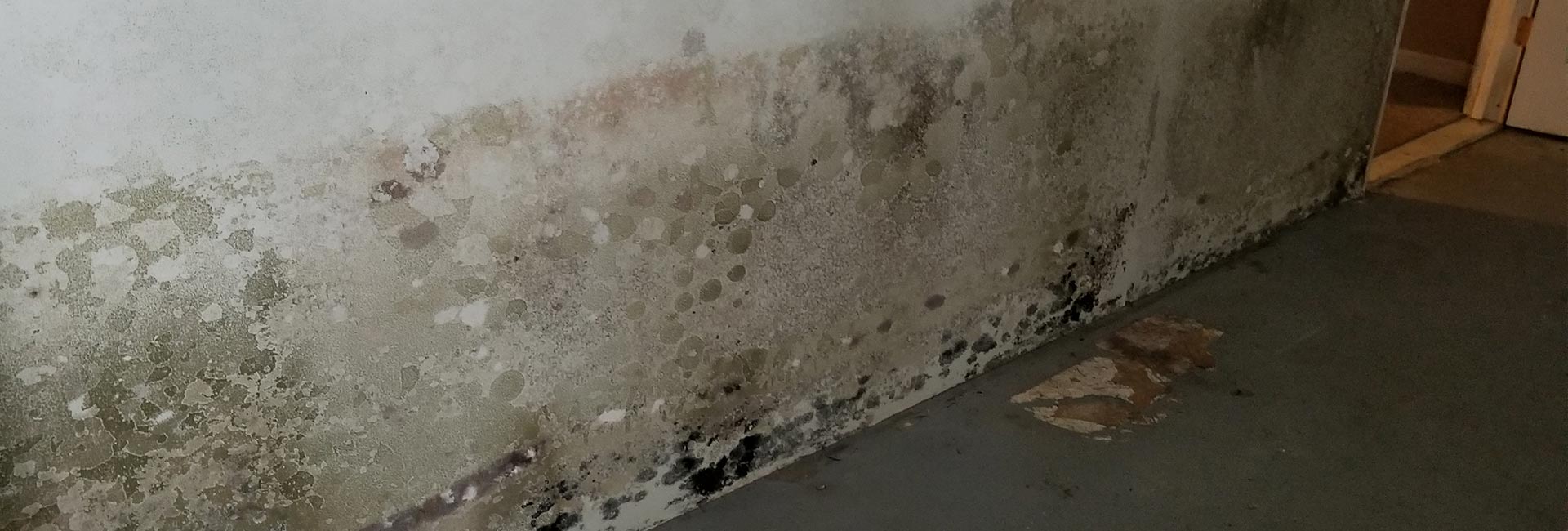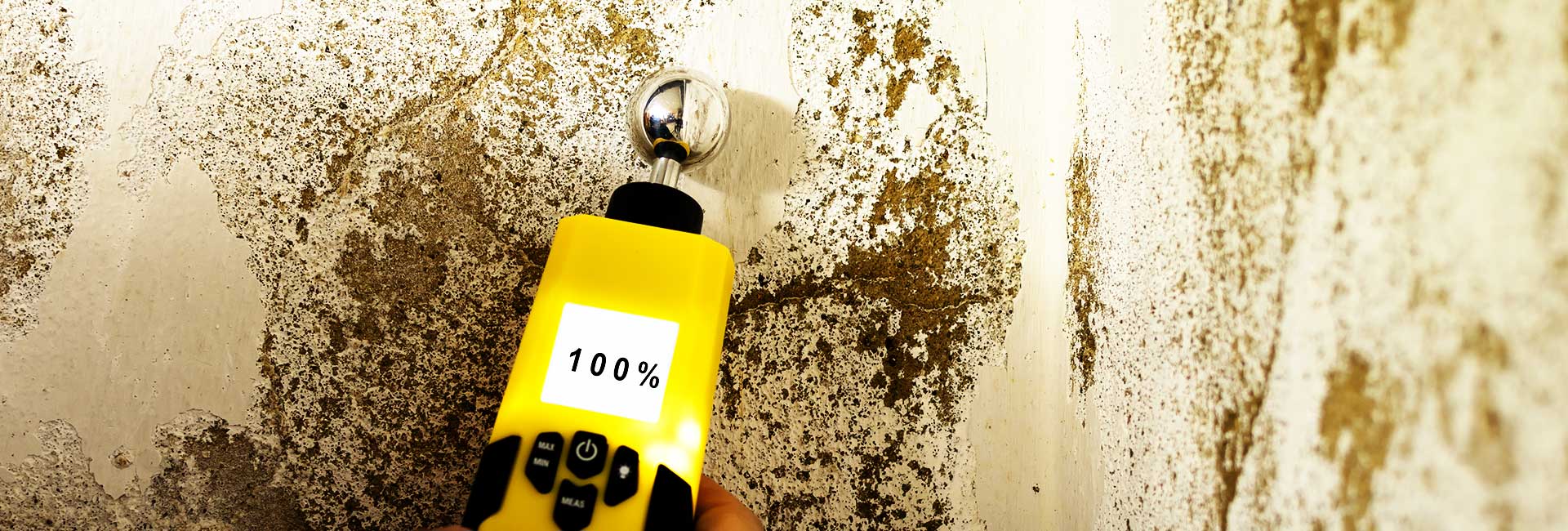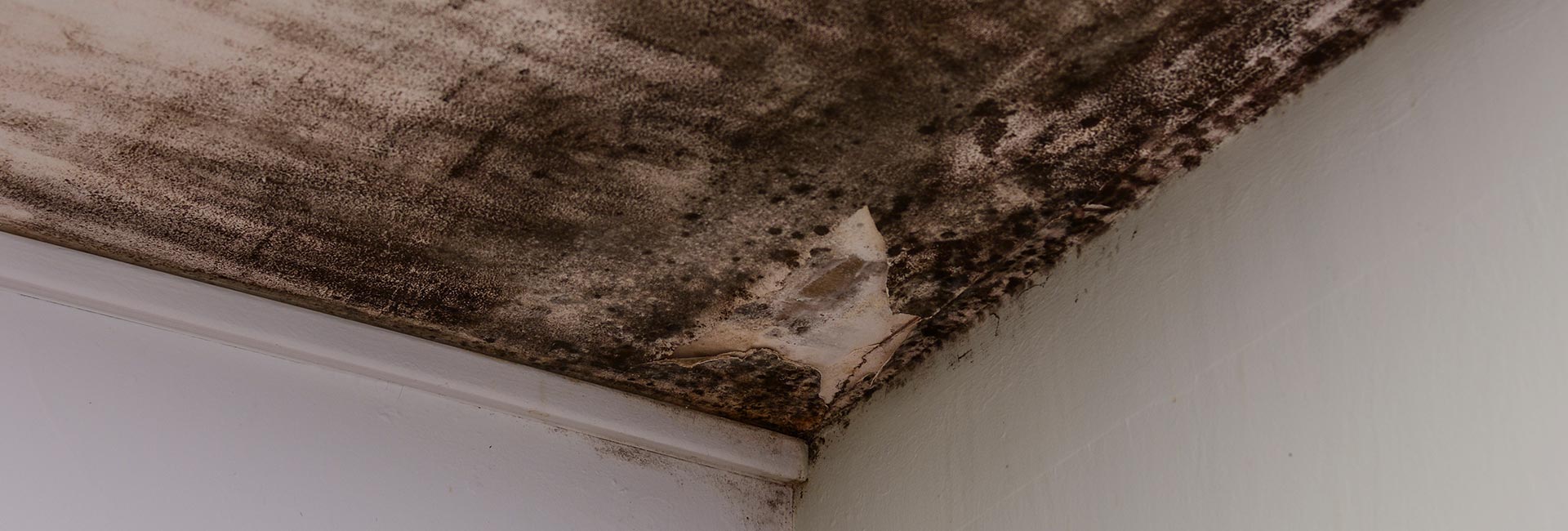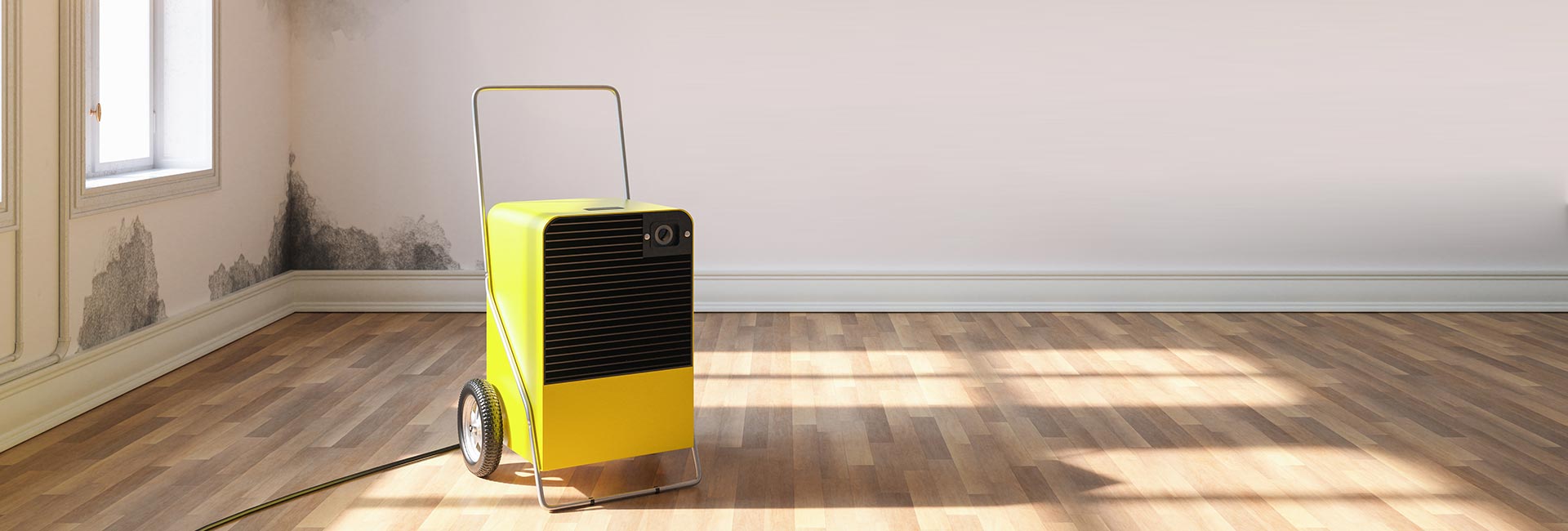Damp Drying 0541 675 81 03
Dampness is the result of your walls and environment becoming a habitat for microorganisms called mold. The most important cause of mold growth is the dampness of the wall or the increase in moisture residues from construction due to climatic conditions. The more humidity in the environment, the shorter the time for mold to grow.
Mold is seen in all areas where the humidity in the air, i.e. relative humidity, exceeds the 50% band and ventilation is low. Mold is inevitable in humid environments that do not receive sunlight and are not sufficiently ventilated. Mold, which is generally seen in the areas where the ceiling and the wall intersect in houses, is actually the long-term result of the increase in humidity in the home environment. In other words, if you have mold in your home, it means that you have been in a humid environment harmful to human health for a long time. Because mold is not a problem that occurs quickly.
Increased humidity in the home or workplace does not always cause mold. The moisture that causes mold is the moisture that has penetrated into the wall. Long-term conditions such as plumbing problems, sweating of the wall, moisture remaining on the wall after natural disasters such as floods and floods cause mold. If you have mold in your home, you need to eliminate not only the mold but also the factors that cause the mold mentioned above. It is not possible to prevent or permanently eliminate mold unless the causes are eliminated.
What is Wall Mold?
Wall mold is the selection of the damp wall as a habitat by fungi called mold as a result of the wall sweating. Although there are many reasons such as the location of the building, climate, natural disasters among the causes of mold, the origin behind all these is moisture. Mold occurs in environments where humidity increases in any way.
Mold does not only occur on the wall. Mold can be seen under beds, between tiles in bathrooms and even on clothes. Because mold reproduces with spores and mold spores hang in the air. In other words, moldy environments have mold spores circulating in the air.

Why Does Wall Mold Occur? Why Does Mold Grow on the Ceiling?
The answer to the question of why mold grows on the ceiling is the same as the answer to the question of why mold grows on the wall. It basically depends on two reasons: Stuffiness and humidity. Before answering the question of why wall mold occurs, it is necessary to answer the question of why the environment is humid:
- Failure to dry construction moisture completely may cause moisture. Plastering or painting on concrete that has not dried completely delays the formation of mold, but cannot prevent it. Moisture remaining in the structure invites mold over time.
- Plumbing pipes can wear out. Water leaking from old water pipes accumulates inside the wall. Especially if there is mold in the corners of the kitchen and bathroom walls, it is likely to be due to a plumbing leak.
- The most important reason for mold formation in warehouses and ground floors is that the environment does not receive enough sun and air. Air circulation is required for mold spores to escape from the environment, and if ventilation is insufficient, mold will form.
- For those living on upper floors, the cause of mold is water leakage from the upper neighbor or leaks from the roof. Mold is more dense where water leakage is intense.
- After floods and water damage, if moisture is not well drained in structures exposed to disasters, mold forms.
- Inadequate bathroom and toilet ventilation causes mold in corners, behind doors. These environments are already humid and require very good ventilation.
- In climates with severe winters, rain or snowwater infiltration causes mold formation. Due to the difficulty of ventilating the house in winter, it becomes difficult to remove the moisture entering the structure. All these factors cause mold to form in the house in winter and the existing mold to spread.
- Wall sweating results in mold growth. Wall sweating is caused by a large difference between the outside air temperature and the inside air temperature. This is why mold can grow without any water leakage in houses that are too warm in winter and are not ventilated. Ventilating the houses even in winter will prevent mold.

Is Mold Harmful? Does Wall Mold Harm Humans?
The excessive moisture that causes mold formation poses serious health risks to humans and animals. Especially in buildings with high humidity, prolonged stays adversely affect the upper respiratory tract.
Under normal conditions, the relative humidity of the air is between 45% - 50%. When the relative humidity exceeds 50%, the air becomes heavy. This causes a condition commonly known as dampness. Dampness damages both the structure / environment and the living creatures living there. Possible health problems in a humid environment are as follows:
- It prevents lung development in babies.
- It facilitates upper respiratory tract infections such as asthma and bronchitis in children.
- The risk of children developing cough and pneumonia is higher in a moist home than in a dry home.
- Mold causes allergies. Those with existing mold allergies may have attacks in moldy environments.
- In moist environments, the recovery period for diseases such as flu and colds is longer.
- Moist environments do not heat up. Insulation can be applied but air conditioning cannot be established.
- Sleep quality is low for anyone living in a moist environment, whether elderly, adult or child. Since it is very difficult to maintain body heat during sleep in moist environments, it causes problems such as delayed sleep, waking up tired.
- Moist environments increase joint pain in the elderly.
- Cough, shortness of breath, difficulty breathing, wheezing, sinusitis, migraine attacks are the result of a moist environment.
- Mold causes odors that do not disappear until the moisture level in the environment is reduced to dry levels, even if it is cleaned and painted.
- Rheumatism increases in a moist environment.
In a house with mold on the walls or anywhere else, food spoils quickly. Products such as bread and cookies quickly become moldy. Therefore, mold also negatively affects the kitchen budget.

How is Wall Mold Permanently Removed? How is Wall Mold Eliminated?
In order to permanently prevent wall mold, it is necessary to remove the humidity that causes it to form. Otherwise, even if the mold is cleaned, it will start to reappear within 2 days. To understand this situation more clearly, it is necessary to know how wall mold spreads:
- Oxygen is reduced as a result of a humid environment and heat.
- Micro bacteria are formed in the reduced oxygen. Mold is one of them.
- Mold is a type of fungus that reproduces with spores.
- Mold in the corner of the wall releases its spores into the air.
- The spores attach to a moist and warm surface.
- The hanging of the spores in the air is an almost endless process. For this reason, mold spreads very quickly.
These spores are the reason why mold starts in one corner of the wall and spreads. Mold concentrated in one spot gradually spreads around it. Therefore, removing mold on the wall does not remove the mold spores suspended in the air. While you think you have removed the mold, the spores are already attached to another wall.
Dehumidification and ozonation are required to completely remove mold and permanently remove it from the home. Dehumidification is the process of bringing the humidity in the environment to a level where human and animal health can survive. Ozonation means disinfecting the dehydrated environment. The steps are as follows:
- Mold is cleaned from the wall.
- A professional team measures the humidity level of the environment to be dehumidified and determines the time required for the humidity to reach its ideal level.
- The dehumidifier condenses the excess moisture in the environment and discharges it out of the environment as a liquid.
- After the normal value of humidity is achieved, the mold's living space is destroyed. You can then have ozonation for mold spores suspended in the air.
- Ozonation captures mold spores in the air and oxidizes them with oxygen in its structure.
- Ozonation disinfects the environment and eliminates the smell of mold.
You cannot achieve a permanent solution by cleaning the mold without all these processes, even by whitewashing & painting. You can get support from us to get moisture drying and ozonation service.
If the humidity inside your walls is high, this moisture mixes with the humidity of the environment with the temperature and increases its rate. This will cause mold formation. Mold fungi appear in places with moisture problems and multiply rapidly. If you do not prevent the mold problem, mold odor will also occur over time and the quality of the air you breathe will deteriorate. We eliminate the problems that will cause mold to form on your walls and in the environment. If there is an environment where mold fungi can grow in the environment where you live, even if you wipe the molds clean, the mold fungi in the air will form mold on the wall again.

You cannot get rid of this situation until you correct the actual problem in the environment. Applications such as painting, insulation and mounting have no effect on eliminating mold fungi. Because mold is a type of fungus. Unless you destroy a living microorganism and the environment where it can reproduce, you will never get a solution. We solve this problem by applying 2 different procedures. First, the drying process takes 7 days and destroys the environment where mold can form. With the ozone process in the second step, we kill the mold fungi in the air and clean your environment completely and purify it from odors. The environment where mold fungi can reproduce is destroyed and the problem is completely over. Our procedure is a system widely used in Germany and other European countries. By drying the concrete and disinfecting the environment with ozone, we destroy the environment where mold can grow and kill all microorganisms in the environment.
We provide services for the solution of moisture, dampness, mold and bad odor problems in homes, workplaces, warehouses, factories, factories, hotels and construction sites, regardless of whether they are more or less. Our company mainly serves in construction / industrial areas and supports you by providing solutions for moisture, dampness, mold and odor problems experienced in homes and workplaces. We are in Güngören on the European Side and Ataşehir on the Anatolian Side. We regularly provide services in the Kocaeli, Tekirdağ, Bursa and Sakarya cities. We offer services starting from ₺4,000 for the problems you experience in your homes... Mold is the disease of your structure, protect from mold for the health of your household. Please fill out the contact form below to get answers to your requests and questions about our services. Our consultancy service is completely free of charge.
Ev-İşyeri-Depo-Fabrika vb. alanlardaki Nem-Rutubet-Küf-Yalıtım ve İzolasyon ihtiyaçları için hizmet vermekteyiz. Hizmetlerimiz hakkında Keşif-Talep-Sorularınızı cevaplamak için aşağıdaki iletişim formunu doldurmanızı rica ederiz. Danışmanlık hizmetimiz tamamen ücretsizdir.











